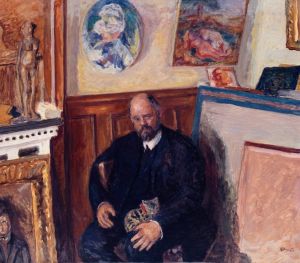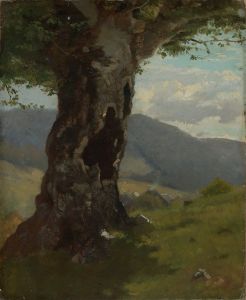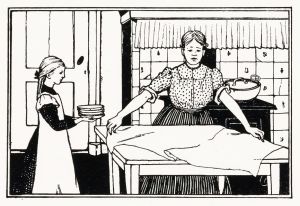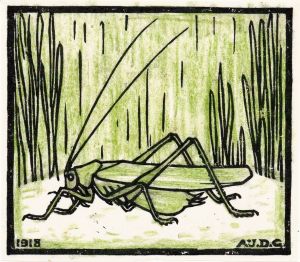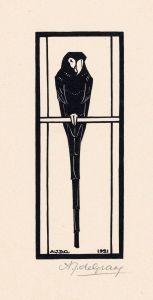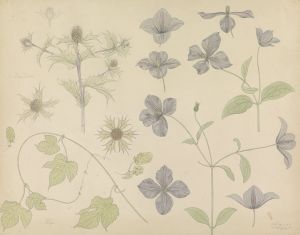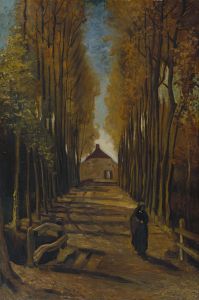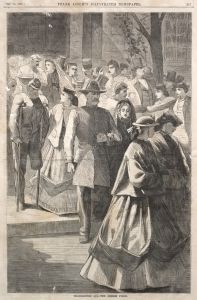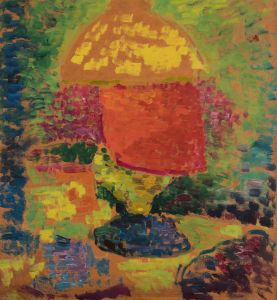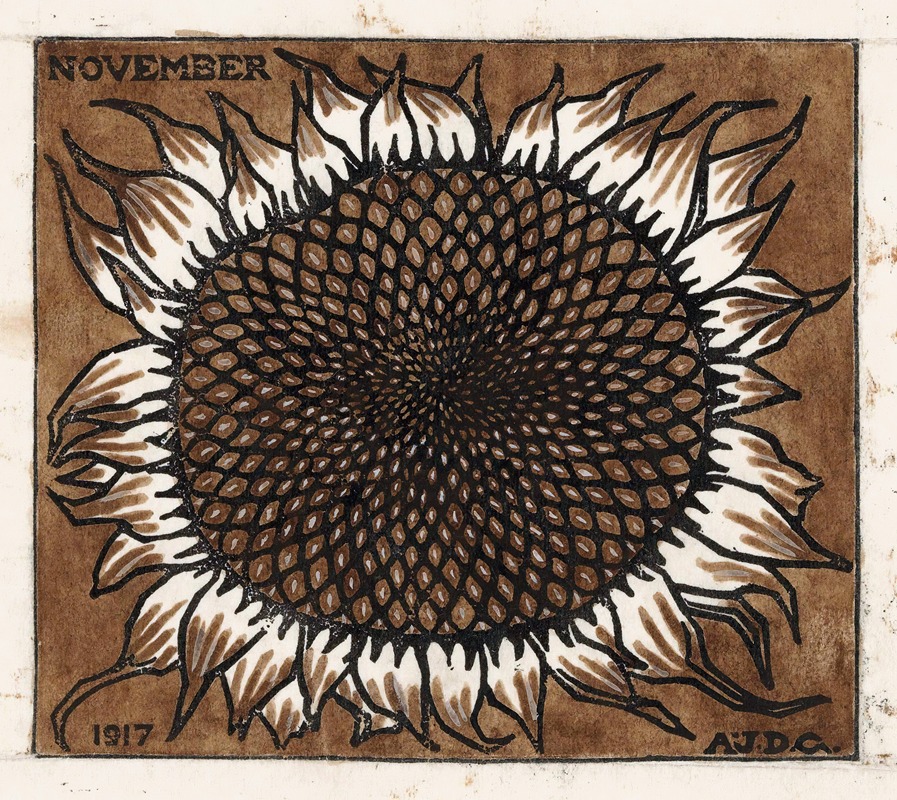
November
A hand-painted replica of Julie de Graag’s masterpiece November, meticulously crafted by professional artists to capture the true essence of the original. Each piece is created with museum-quality canvas and rare mineral pigments, carefully painted by experienced artists with delicate brushstrokes and rich, layered colors to perfectly recreate the texture of the original artwork. Unlike machine-printed reproductions, this hand-painted version brings the painting to life, infused with the artist’s emotions and skill in every stroke. Whether for personal collection or home decoration, it instantly elevates the artistic atmosphere of any space.
Julie de Graag (1877–1924) was a Dutch artist known for her graphic works, including woodcuts, linocuts, and drawings. Her work is characterized by its simplicity, strong lines, and often features themes from nature. One of her notable works is "November," which exemplifies her style and thematic focus.
"November" is a woodcut created by de Graag, reflecting her interest in the natural world and the changing seasons. The piece captures the essence of late autumn, a time when nature transitions from the vibrant colors of fall to the more subdued tones of winter. De Graag's work often highlights the beauty in simplicity, and "November" is no exception. The composition likely features elements typical of the season, such as bare trees, fallen leaves, or a stark landscape, rendered in her distinctive style.
De Graag's artistic approach was influenced by the Art Nouveau movement, which emphasized decorative arts and often incorporated natural forms and structures. Her work, however, is noted for its minimalism and clarity, setting her apart from some of her contemporaries who favored more ornate styles. This simplicity allows the viewer to focus on the essence of the subject matter, a hallmark of her artistic philosophy.
Throughout her career, de Graag was associated with the Hague School, a group of artists known for their realistic depictions of everyday life and landscapes in the Netherlands. Her work, including "November," reflects this influence through its attention to detail and the portrayal of the Dutch environment. Despite the often somber tones of her work, there is a sense of tranquility and introspection that invites viewers to contemplate the natural world.
De Graag's contributions to the art world were significant, although her career was relatively short due to her untimely death in 1924. Her works are appreciated for their technical skill and the way they capture the quiet beauty of nature. "November," like many of her pieces, demonstrates her ability to convey emotion and atmosphere through the careful use of line and composition.
Today, Julie de Graag's works are held in various collections and continue to be studied for their unique approach to graphic art. Her ability to distill the essence of her subjects into simple yet powerful images ensures her place in the history of Dutch art. "November" remains a testament to her skill and her deep connection to the natural world, offering a glimpse into the serene and often overlooked aspects of the changing seasons.





